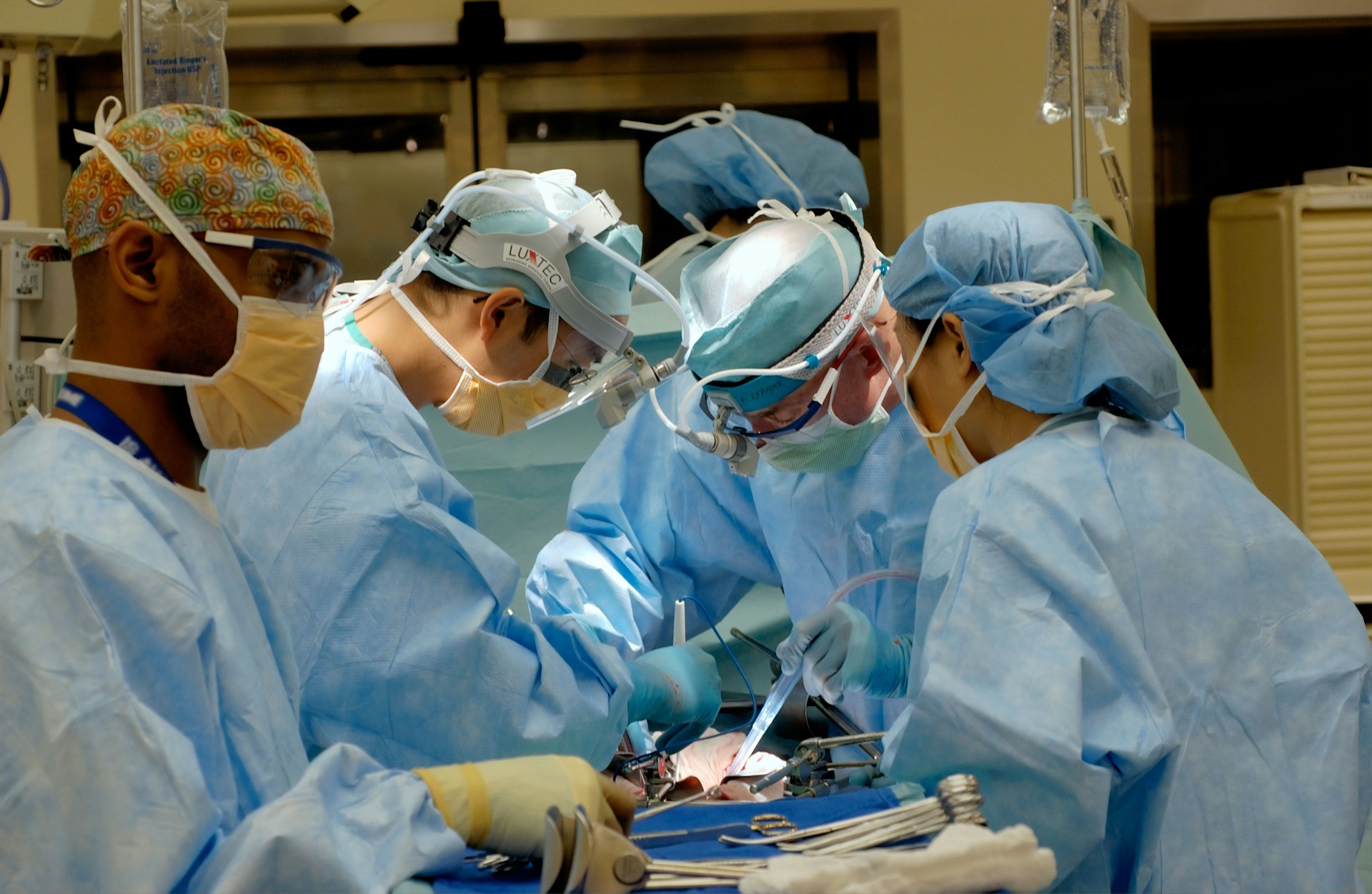ETH Zurich’s Cratered VAD Cables Seek to Outsmart Infections

Heart disease is the leading cause of death, causing over 17.9 million deaths around the world every year. For millions of patients with advanced heart failure awaiting an organ donor, ventricular assist devices (VADs) serve as a literal lifeline. Unfortunately, about 50% of these patients will suffer from infections caused by the thick cable these devices require until now.
The root of the problem lies in the current VADs’ bulky, seven-millimeter-wide cables that transmit power from an external battery to the VAD. While allowing the pump to work and the patient to live fairly normal lives, the rubbing of the cable makes it hard for scar tissue to heal.
This is about to change, as Andreas Kourouklis of ETH Zurich has pioneered an innovative cable design that could replace the legacy cable. By replacing the previous cable design with an improved flexible cable solution, physicians will be able to better manage inflammation, closing the doors to opportunistic infections.
Kourouklis’ novel solution utilizes multiple thin and flexible wires that simulate the way hairs grow out of the skin. By filling the surface of these cables with craters, their flexibility is greatly improved thanks to the irregular surface that forms. The result is improved healing thanks to
To manufacture these new cables, ETH engineers used a recently patented process that involves coating flexible cables in a thin silicone layer at low temperatures (-20°C/68°F). Small water droplets are then used to create microscopic indentations in the cable surface, creating the finished product.
The craters created through this process are highly customizable in terms of size, location, and shape, all elements that require precise tuning. This is important as infection risks could increase as a result of reduced skin bonding or increased bacteria accumulation.
To find the best configuration, Kourouklis’ team applied computational and biomechanics simulations, combined with the evaluation of multiple tissue biomechanics and materials. While their experiments were unable to remove all inflammation altogether, the results were promising. Only mild inflammatory reactions were observed, with no presence of infected tissue.
Kourouklis and his team continue to improve the design of these new cables by working with experts in the biomedical and healthcare industries. While testing has only been done in sheep so far, the team is positive that they will soon be able to move to human testing.

 Tech Steel & Materials
Tech Steel & Materials
Comments are closed